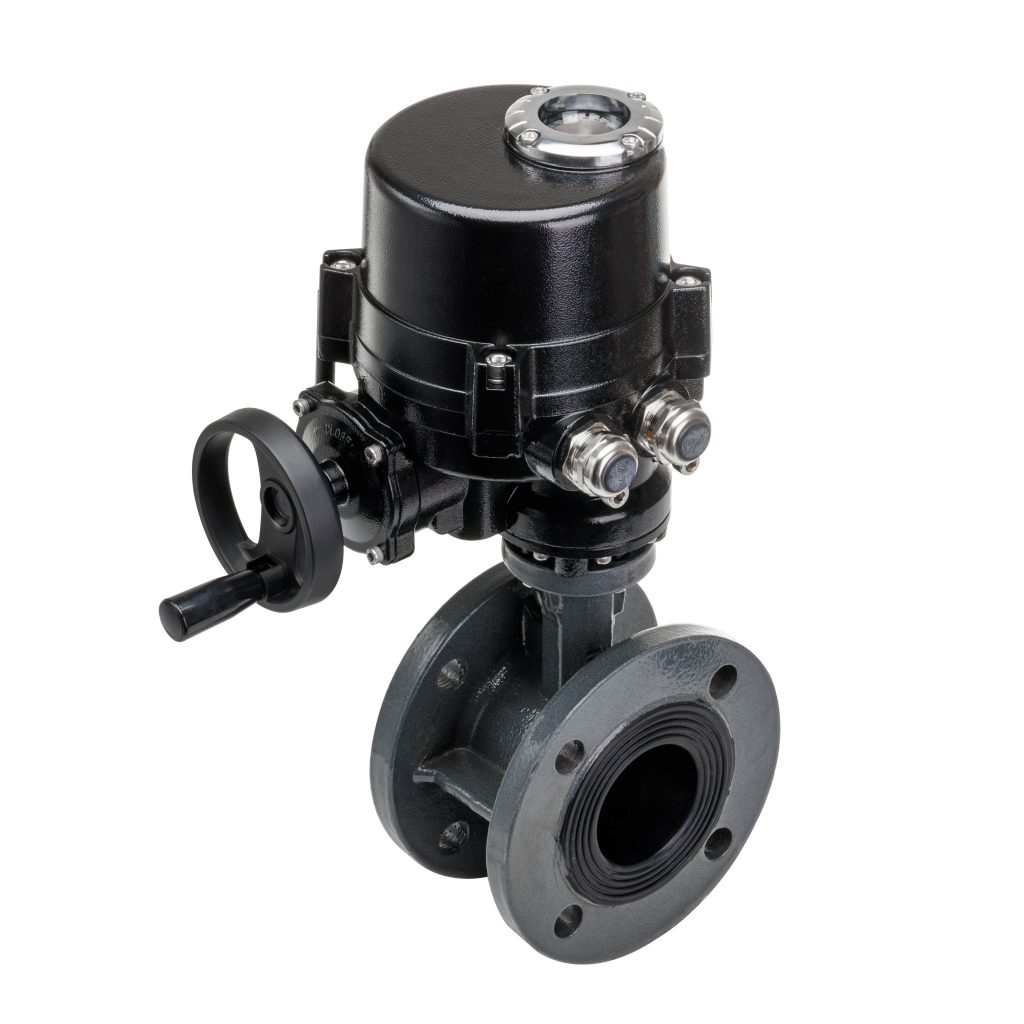The marine industry, known for its complex and demanding operational environments, requires equipment that can withstand harsh conditions while providing precision and reliability. One such crucial piece of equipment is the WCB Marine electric ball valve. As a vital component of marine systems, this valve plays an essential role in controlling the flow of liquids and gases across various marine applications, including ships, offshore platforms, and other maritime operations. In this article, we will explore the significance of the WCB Marine electric ball valve, its features, benefits, and how it contributes to enhancing the efficiency and safety of marine operations.

What is a WCB Marine Electric Ball Valve?

A WCB Marine electric ball valve is an electrically actuated valve designed specifically for use in marine environments. It consists of a spherical ball with a hole or port through the center that controls the flow of fluids. When the valve is turned, the hole aligns with the flow path, allowing fluids to pass through, or it is rotated perpendicular to the flow path to shut it off completely.
The “WCB” in the name refers to the material used for the valve body—WCB steel, a grade of carbon steel with high tensile strength, corrosion resistance, and durability, making it suitable for the marine industry. The electric actuator integrated into the ball valve enables remote operation, which is a significant advantage for controlling fluid flow without manual intervention, especially in difficult-to-reach or hazardous locations.
